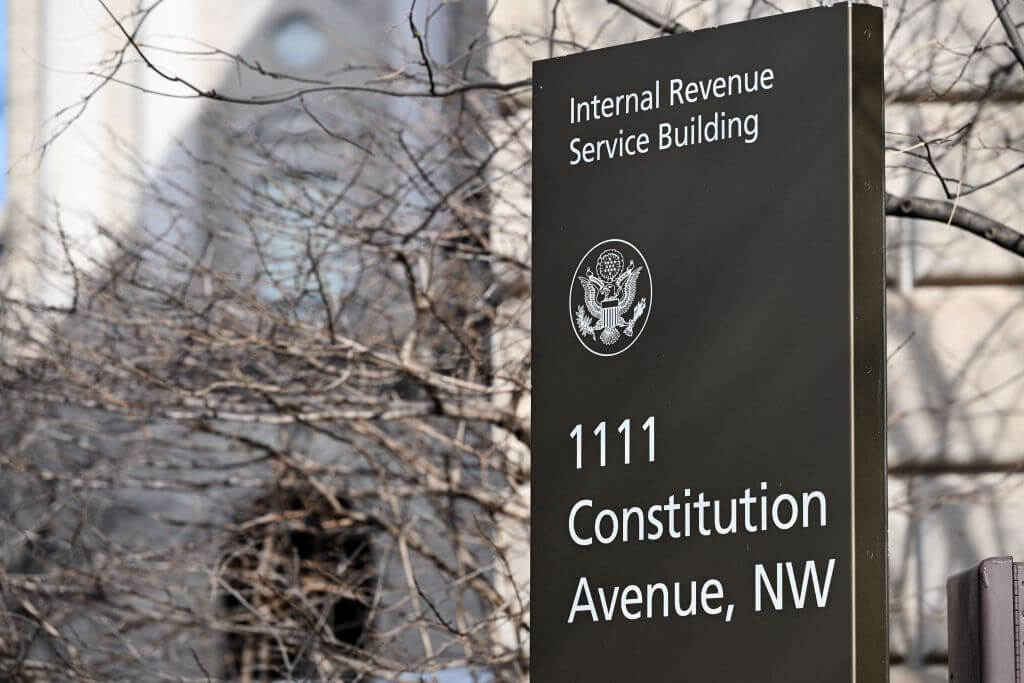After Women’s World Cup, Over a Third Say Sports’ Gender Pay Gap Is Bigger Concern
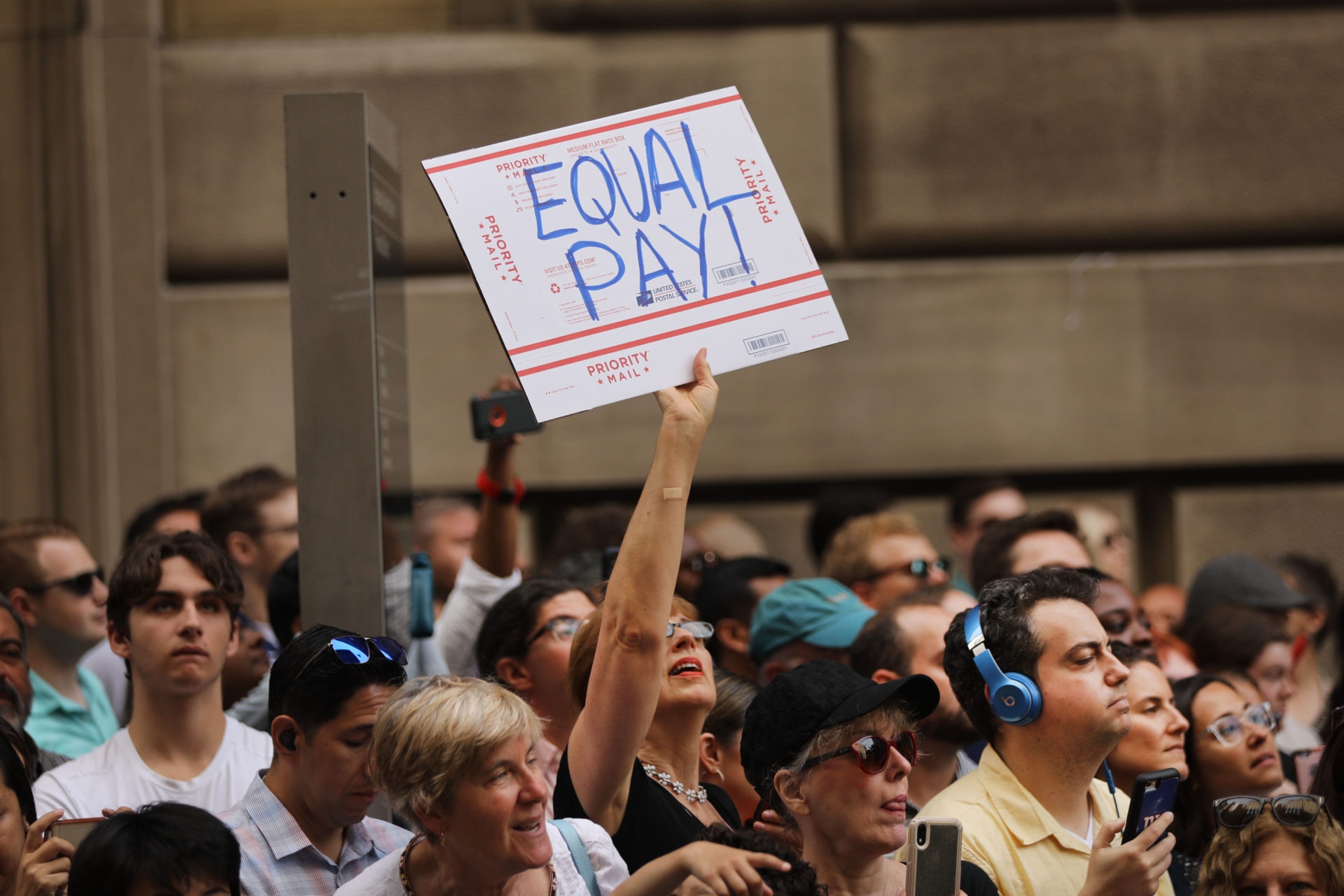
As the U.S. women’s national team started to celebrate their 2-0 World Cup win over the Netherlands earlier this month, the energetic crowd shifted from cheering on the group’s record fourth title to chanting a mantra of a slightly different tone when FIFA President Gianni Infantino took to the field: “equal pay.”
The U.S. women’s team has been outspoken about their fight for equal pay in the world of professional soccer: In March, 28 members of the team filed a gender discrimination lawsuit against the U.S. Soccer Federation, a follow-up to a 2016 complaint with the U.S. Equal Employment Opportunity Commission, which in February allowed the women’s team to sue U.S. Soccer. In the lead-up to their World Cup victory, several players on the team -- most notably co-captain Megan Rapinoe -- have talked openly about what they called an unfair pay structure at U.S. Soccer.
And new polling from Morning Consult, in partnership with women’s empowerment organization ASCEND, shows just how powerful and persuasive the U.S. women’s national team has been on this issue in just the past few weeks, and illustrates the political divisiveness that ensues when brands take a stand on gender and pay.
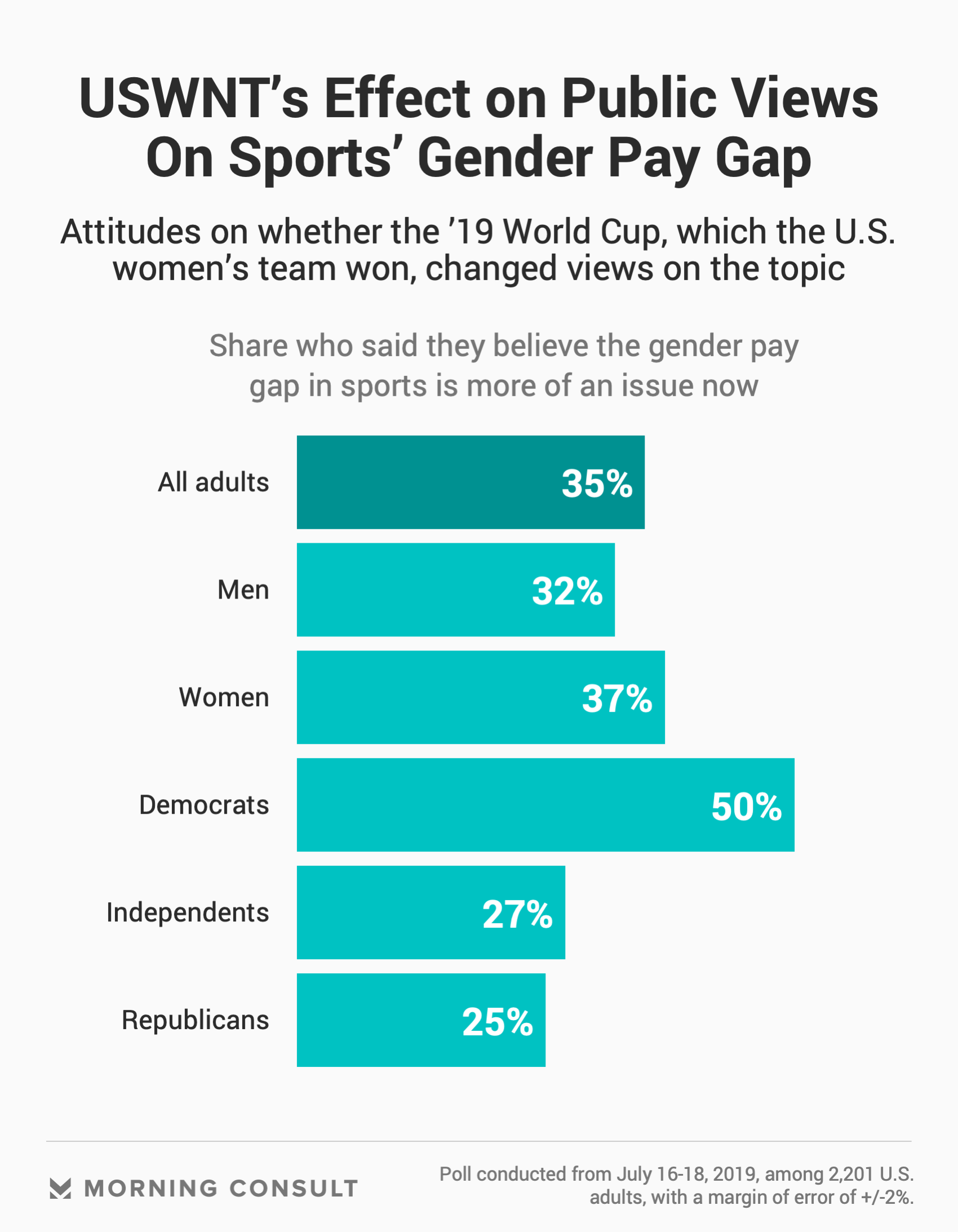
While most respondents said their minds weren’t changed (40 percent) or offered no opinion (21 percent), more than one-third of the U.S. public said they now consider the gender pay gap in professional sports to be more of an issue specifically because of the U.S. women’s team’s victory in the World Cup. Four percent said they believe the pay difference in sports is less of an issue now.
Although the pay structures for men’s and women’s teams are very different -- characterized by Rapinoe as “apples to oranges” during a July 12 episode of Pod Save America -- the women’s team argues in its lawsuit against U.S. Soccer that female athletes are considerably underpaid compared to their male counterparts.
In the lawsuit, Rapinoe and other team members contend that if both teams played 20 non-tournament games -- also known as “friendlies” -- in a year and won all of those matches, female athletes could earn a maximum of $99,000, or $4,950 per game, while male athletes would earn an average of $263,320, or $13,166 per game.
The filing also says players on the women’s team each earned a $15,000 bonus for making the 2015 World Cup’s roster, compared to the $55,000 given to each male athlete for making the roster for the 2014 World Cup.
Los Angeles Times columnist Kevin Baxter, however, reported that the union representing the women’s team negotiated a base pay of $100,000, plus another $72,500 for playing in the National Women’s Soccer League. U.S. Soccer did not respond to requests for comment.
FIFA’s prize money for the men’s 2018 World Cup, distributed among participating teams, was $400 million; the organization allotted just $30 million in prize money for teams in this year’s Women’s World Cup.
The Morning Consult survey was conducted among 2,201 U.S. adults July 16-18, 2019, and has a margin of error of 2 percentage points.
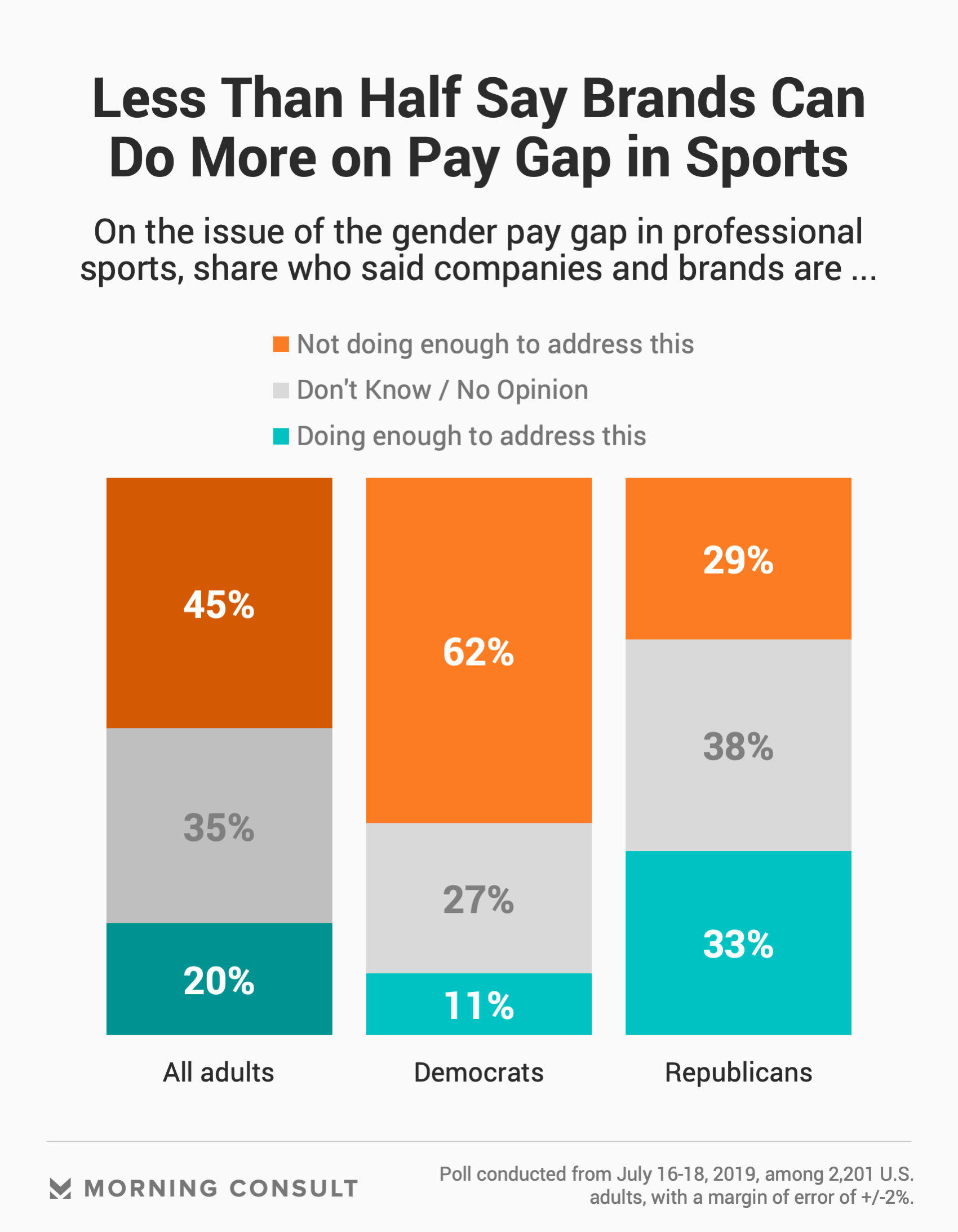
Several brands, such as Clif Bar & Co.’s Luna Bars and Adidas AG, have helped elevate the issue as well, pledging to donate money directly to team athletes to help balance out salary discrepancies in the league. Most recently, Procter & Gamble Co.’s Secret Deodorant donated $529,000 to the U.S. women’s team after they won the World Cup.
But the public is divided along party lines on what kind of role brands and companies should be taking on when it comes to the pay gap between men and women in general -- which could stem from general perceptions of the pay disparity itself.
While the public overall is about twice as likely to say pay equality will never be reached as they are to say the pay gap doesn’t exist (29 percent vs. 15 percent), Republicans are more closely split, with 29 percent saying the country will never pay women as much as men and 22 percent saying the pay gap is not real.
Men are about twice as likely as women to say the gender pay divide doesn’t exist (19 percent vs. 10 percent).
Joanna Piacenza leads Industry Analysis at Morning Consult. Prior to joining Morning Consult, she was an editor at the Public Religion Research Institute, conducting research at the intersection of religion, culture and public policy. Joanna graduated from the University of Wisconsin-Madison with a bachelor’s degree in journalism and mass communications and holds a master’s degree in religious studies from the University of Colorado Boulder. For speaking opportunities and booking requests, please email [email protected].
Related content

As Yoon Visits White House, Public Opinion Headwinds Are Swirling at Home
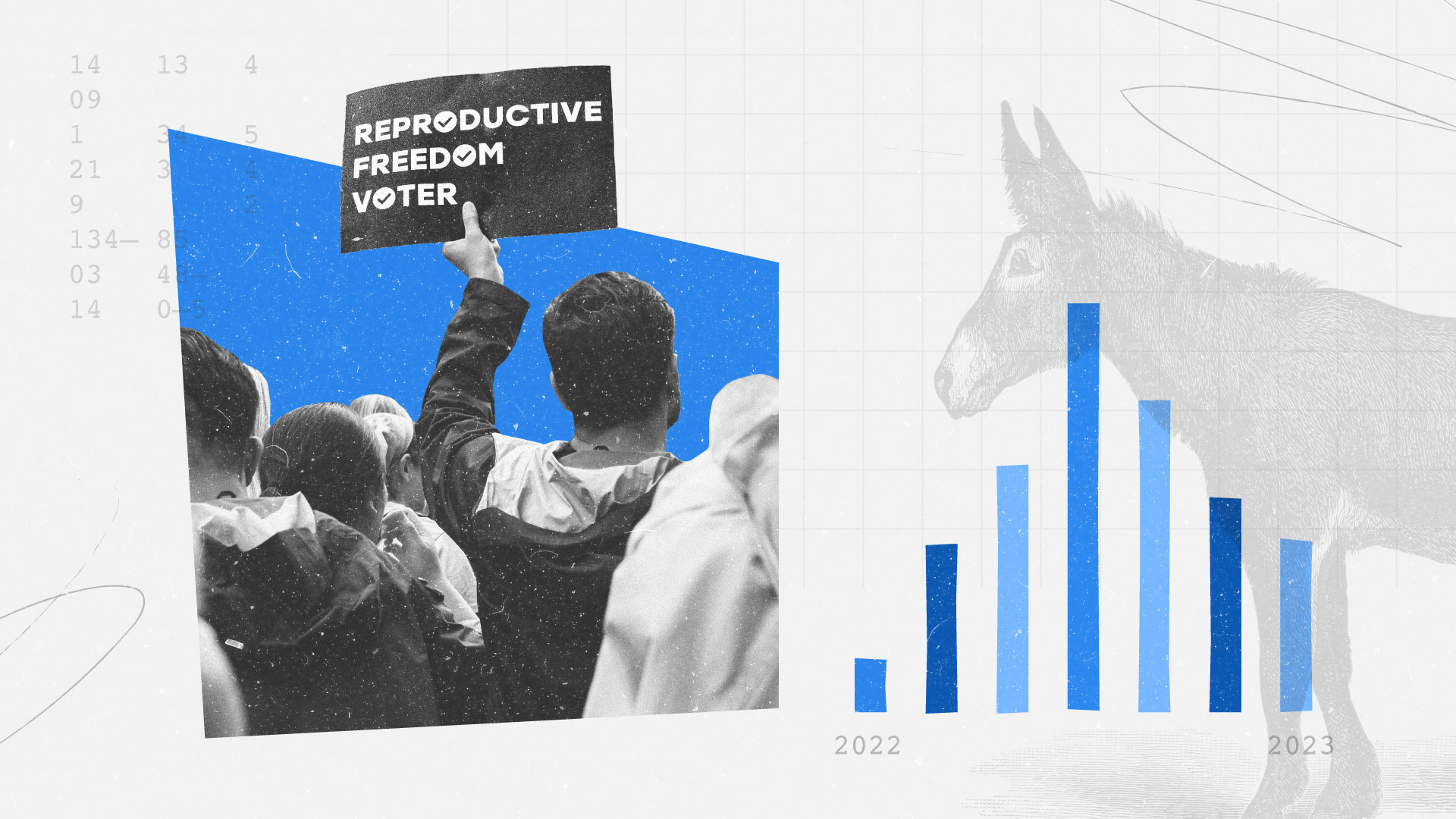
The Salience of Abortion Rights, Which Helped Democrats Mightily in 2022, Has Started to Fade
